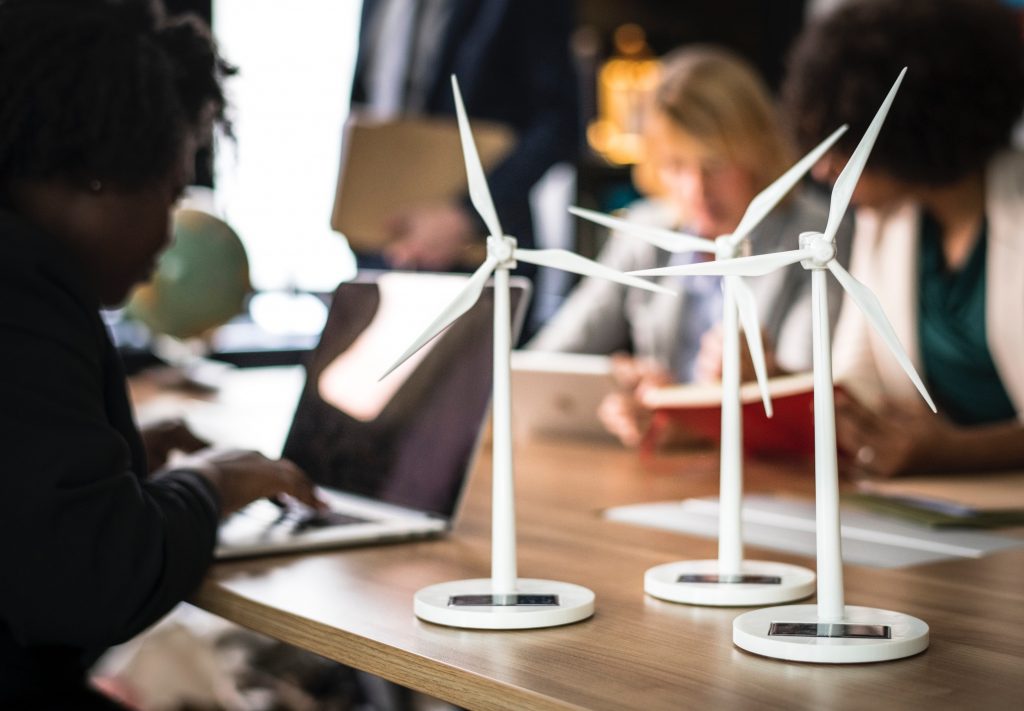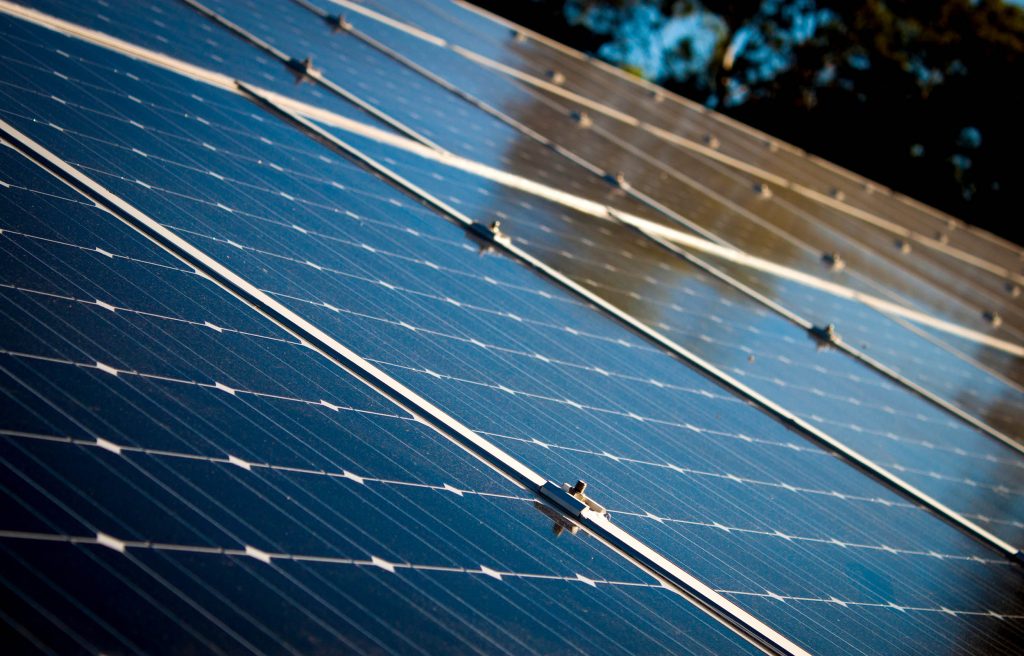Engines that are able to generate clean renewable electrical energy are becoming more available to the consumer market. These can either be installed at home, being connected to
Renewable energy may also be used for house heating and cooling, hot water and even cooking.
Electricity accounts for about 53% of the energy used in Australian families but creates around 87
Renewable power methods utilize renewable energy resources to generate electricity with very low greenhouse gas emissions. These resources, such as the sun, water and wind, are replenished naturally but are not accessible continuously. In standalone systems, backup electricity can be supplied from storage generators or batteries. For grid-connected systems, the predominantly fossil-fuel-based power (i.e. coal or gas generated) supplied through the grid may act as
The question for companies considering implementing and utilizing their own renewable energy.
While there is an increasingly strong business case for utilizing renewable energy, it is not always feasible to add solar panels to any commercial establishment.
However, there are off-site options to rooftop solar which enable commercial buildings such as the Melbourne city conference centre to lessen their environmental impact and their utility costs.
Some businesses may have buildings which don’t lend themselves to an effective solar installation because of small footprints, shadows or other explanations. Off-site renewable energy resources can encourage corporate sustainability programs and connect with employees, customers and other stakeholders.

Off-site renewable energy
Energy from renewable sources — solar, wind, biofuels etc. — may be utilised to offset power from the grid. An off-site renewable energy source is directly on the grid and energy offered in the current market rate. An organization can integrate the off-site plant to its energy buying strategy.
One of the main benefits of off-site renewable energy is versatility.
An owned setup can be sized to satisfy with the building’s requirements. Ground-mounted systems can be constructed on inexpensive land and function on numerous locations.
Or energy bought from a third-party source can be adjusted to meet the goals of the program. The energy output isn’t limited to the dimensions and extent of an on-site installation for an individual center. The off-site facility basically becomes a long-term renewable power contract.
But, using an off-site system ensures the organization won’t be able to take advantage of their savings from any commissions and incentives or a decrease in demand-based charges.
On-site solar setup
Installing solar modules on a facility has a lot of benefits, such as decreasing demand-based utility expenses and accessibility to incentives. There are two key approaches: direct ownership or third-party ownership using a power purchase agreement.
Direct ownership
With immediate possession, the building owner invests in the machine and reaps the benefits like reduced utility costs and national tax incentives, including depreciation. This extends to all types of buildings including this building that is used as venue for hire in Melbourne CBD. However, the proprietor is responsible for all costs for engineering and design, equipment, installation and maintenance. Presently, the Federal Investment Tax Credit (ITC) allows businesses that invest in qualifying solar projects to receive a credit against their income taxes. Through 2019, the solar ITC is equal to 30 percent of the sum spent in a qualified instalment. However, the ITC measures down to a 26 percent tax credit in 2020, 22 percent in 2021, and 10 percent after 2021.
Third-party programs
Under third party ownership, the construction operator enters a long-term energy purchase agreement (PPA) with an energy provider. In this case, the energy could come from wind or solar turbines, or by a dedicated renewable source. Normally, the energy provider is responsible for installing and maintaining the system. The programmer will also capture any tax benefits of ownership, but the building owner receives the savings from reduced energy demand.
If you’re thinking of an onsite solar system for your building, there are several things to consider.
- Location. Systems can be mounted on the roof in addition to on parking canopies and other facilities. Based upon the building, a roof may have to be reinforced or restore to guarantee the panels won’t need to be removed to repair the roof.
- Shade. A shading analysis will ensure the location you’re considering does not have shadows which would collapse on the panels during peak production period.
- Land. If the construction is not right, ground-based parking or systems canopy mounts are different choices.
How can renewable energy pay off?
Installations behind the meter — usually on-site — offset both energy and demand based utility expenses. Because peak solar power production typically coincides with peak electricity usage, the solar power can offset higher peak time energy charges. Each kilowatt-hour created on site helps reduce those peak demand prices.
According to utility AEP, solar power effectively decreases the all-inclusive energy price on a per kWh basis, resulting in a 50 per cent or more effective reduction in the kilowatt per hour cost.




